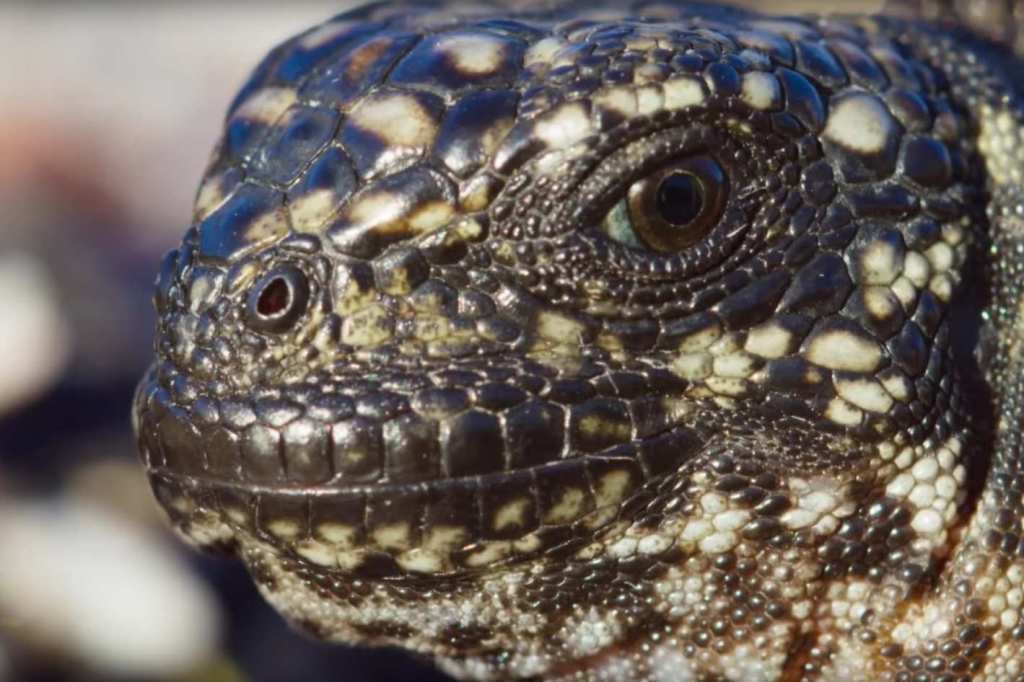My life has been bad lately: For one, I’m just getting over a cold that put me on a week-long bedrest at the same time I got a root canal. And in addition to the annoyance and pain of both of those things happening at once, I’m still mentally recovering from the fact that I allowed the basic care-taking routine I had painstakingly created for myself in the midst of my ongoing depression to go out the window when I got sick.
I stopped going to the gym, scheduling my acupuncture appointments, and my commitment to a paleo diet devolved into ordering Chinese food on Seamless every night. Now I’m living in the neurotic nightmare that plays out in my head when I feel like I’ve failed at something. I’m also, of course, living in the external reality of Donald Trump’s presidency, which is bad, too.
Videos by VICE
Read more: My Pilgrimage to the Reptile Expo, a Bleak Haven for Lizard People
I’ve been trying to slowly get back on track, starting first with de-Seamlessing my diet. Clawing my way back to my still-not-very good pre-sickness health, however, was made a lot harder when a producer on the BBC nature documentary series Planet Earth 2 revealed to the Daily Mail that the iconic iguana chase featured on the show, in which one brave, freshly-born marine iguana ultimately outwits the vicious snakes attempting to make him their meal, was faked.
Faked! According to the producer, Elizabeth White, that brave iguana was actually multiple iguanas stitched together from several takes. “It wasn’t the same iguana, no, and often we have to augment it with other clips,” White told the publication. “For continuity, it was better to crop the scenes together based off of the two cameras we had at the time to create the best possible scene.”
As I read these words at my desk, I rapidly cycled through the stages of grief. First disbelief: “I’m so shook,” I meekly typed to my coworkers in Slack. Then I got angry: “SMDH,” I typed with passion. “What the fuck. I have to go home. I can’t deal with this.”
I felt like my life couldn’t possibly go on. Like anyone with a heart, when I saw that cute little iguana run past a gauntlet of snakes, my life was imbued with a hopeful glow. That iguana symbolized the triumph of good over evil. Of lizards (which I prefer) over snakes. Of small over frankly far too long. It was just right. In fact, as I laid in bed sick last week, shoveling old fried rice into my painful mouth for every meal, I thought about that iguana. Some people say that if Britney could make it through 2007, they can make it through anything. Well, I say that if a newborn lizard can wiggle out of a sailor’s knot of venomous predators, then I can make it through anything. That resilient reptile gave me the strength to wake up each morning and put one foot in front of the other.
And that’s why I’ve ultimately decided to believe that the iguana scene is real. In this era of darkness, we need light; we need lizards. After work, when I will certainly want to go home instead of going to the gym, I will think about the plucky iguana’s NOT FAKE fight for its life, as I always do in difficult situations.
Read more: The Teen ‘Lizbians’ Who Risk Everything to Rate Lizards
White’s account has been disputed by the BBC, and I’m choosing to go with their version of events, for my continuing health and sanity. “The BBC strongly refutes any suggestion that the award-winning iguana v snakes sequence was ‘faked’,” a spokeswoman said. “The final iguana chase in which one iguana escapes the snakes was—unusually for natural history filming—shot using two cameras, allowing us to follow both the individual iguana and the snakes’ point of view. What was captured in the field was extraordinary animal behavior which had never been witnessed or filmed before.”
The spokeswoman added: “As is common in natural history film-making, pick-up shots were filmed separately—for example close-ups of iguana eyes—to make the story of the sequence as clear as possible for the audience. This is absolutely in keeping with the norms of natural history film-making—and absolutely in line with the BBC’s editorial policy guidelines, and was a true representation of animal behavior.”
Everything is fine.
More
From VICE
-

Nick Fuentes, a white supremacist streamer and US social media pundit, appears to mace 57-year-old Marla Rose, a 57-year-old on his doorstep on Sunday, November 10 (Imagery courtesy of Marla Rose) -

Screenshot: Limited Run Games -

Collage by VICE -

Harry Langer/DeFodi Images via Getty Images
